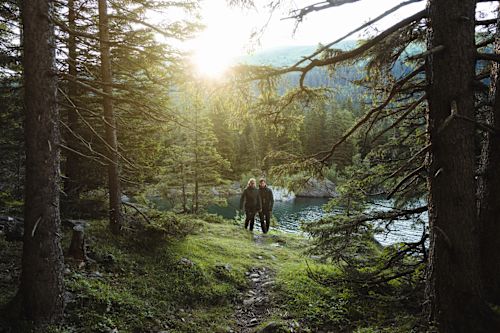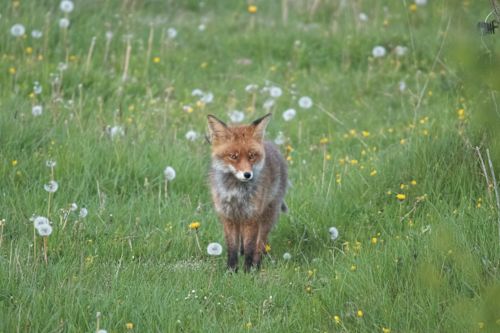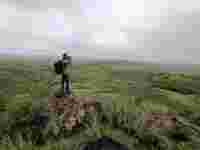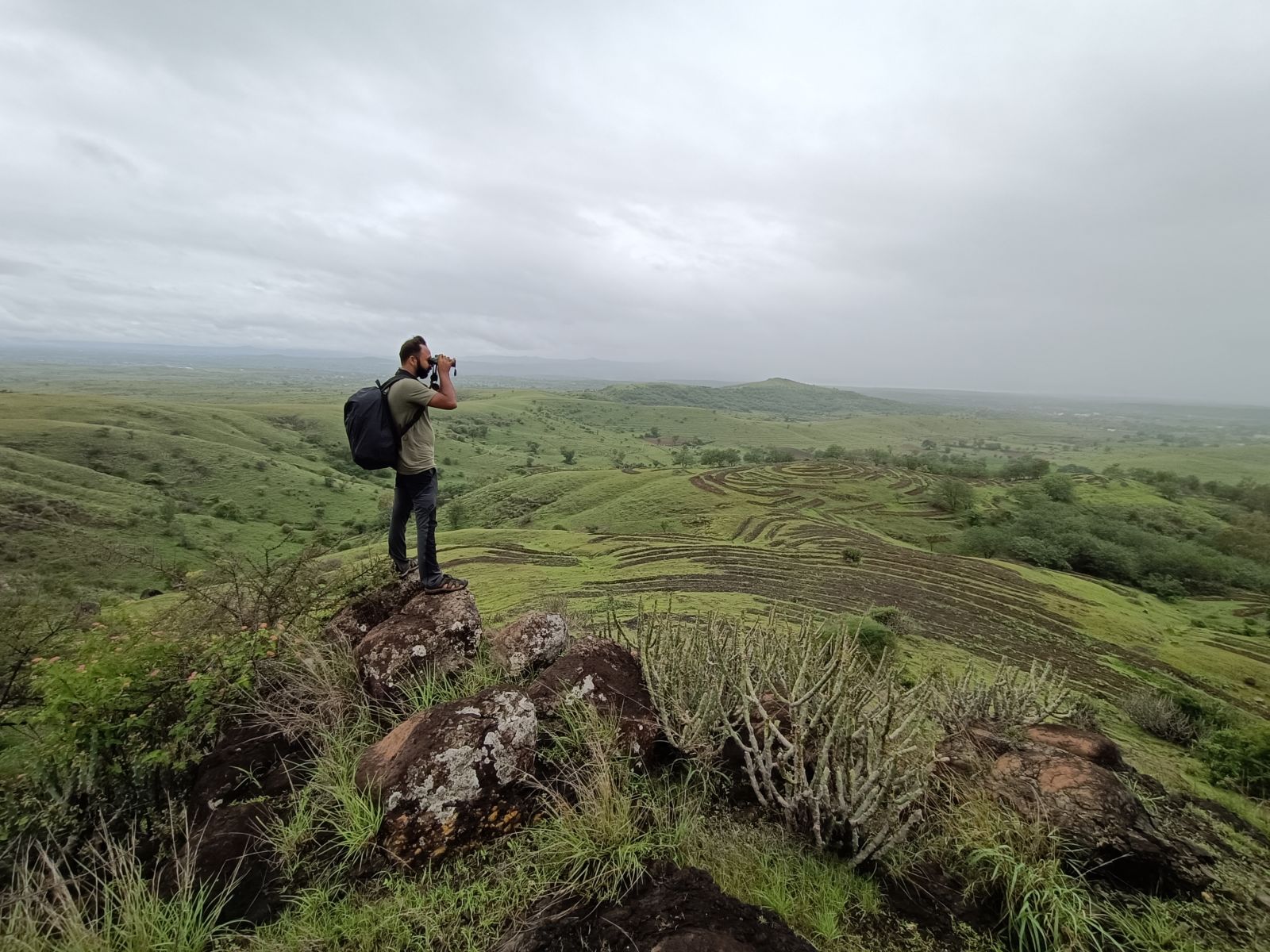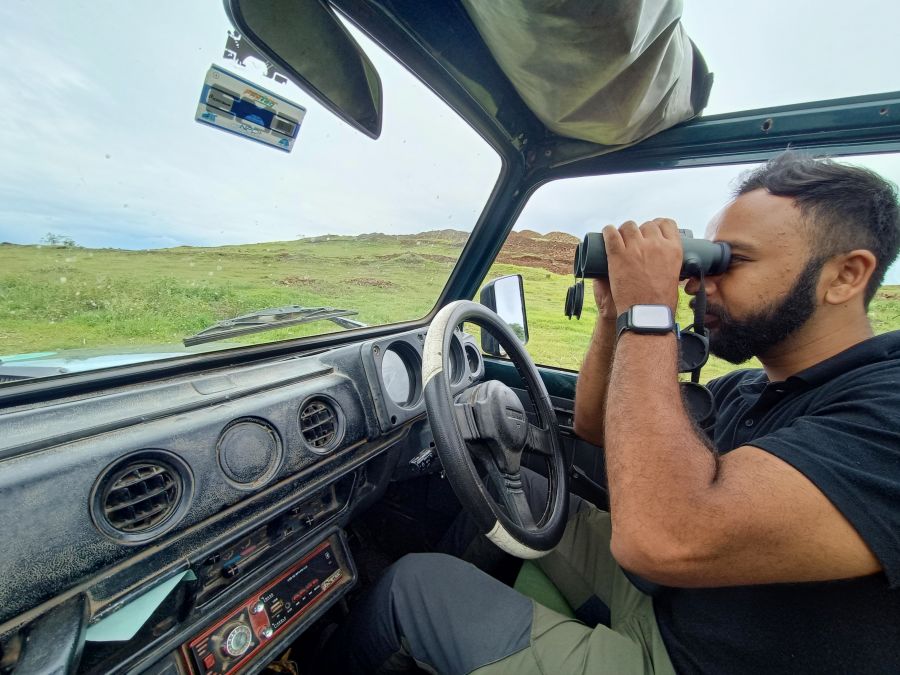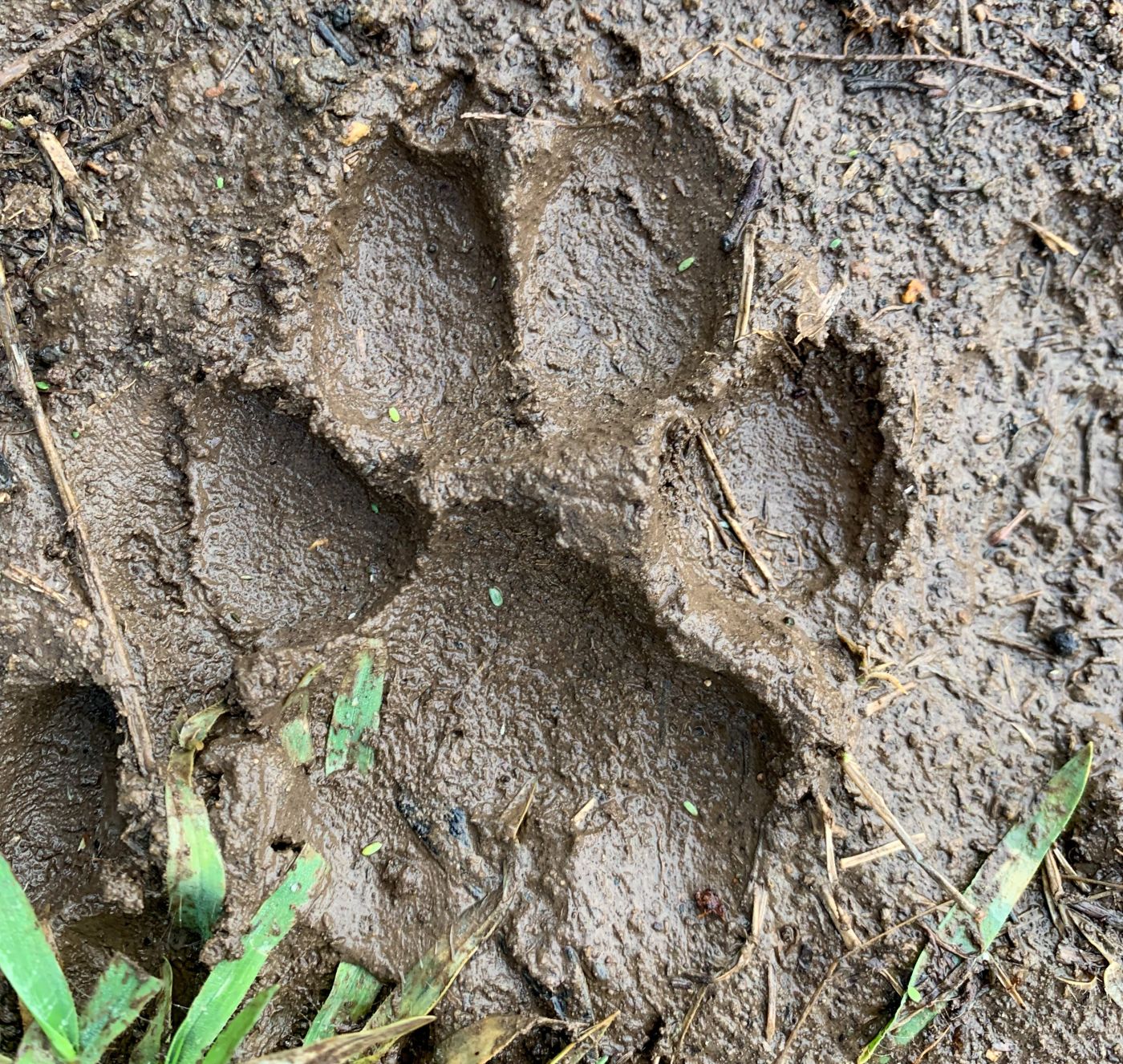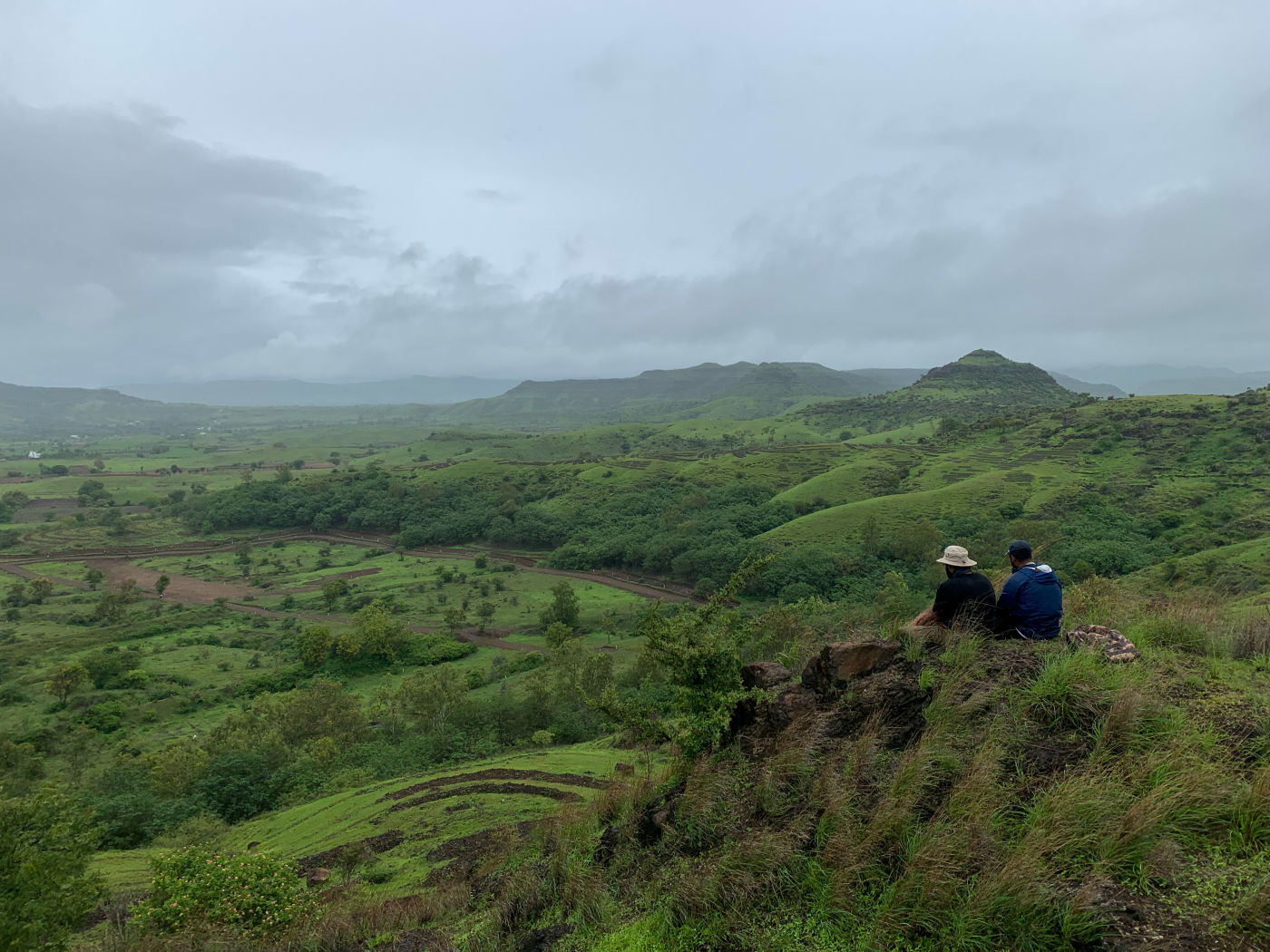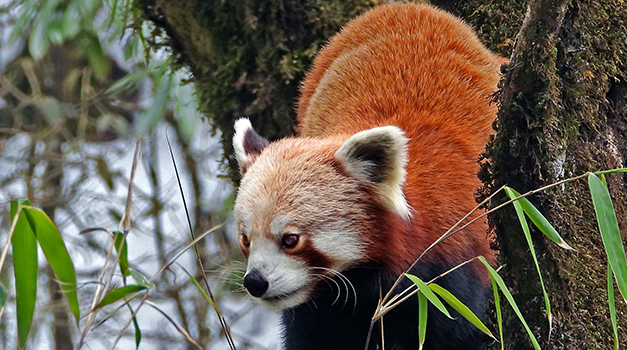I left Mumbai early in the morning. The three-hour train ride through the North of the Western Ghats was one of the most beautiful journeys I had ever taken. My destination was the Deccan, one of the largest and oldest plateau landscapes of the world, covering most of the peninsular India.

The train arrived in the city of Pune, where I met my friend and naturalist Vedant Thite. We headed straight out in the grasslands. This was my first time in the Deccan region and I had no idea what to expect. The journey had begun!
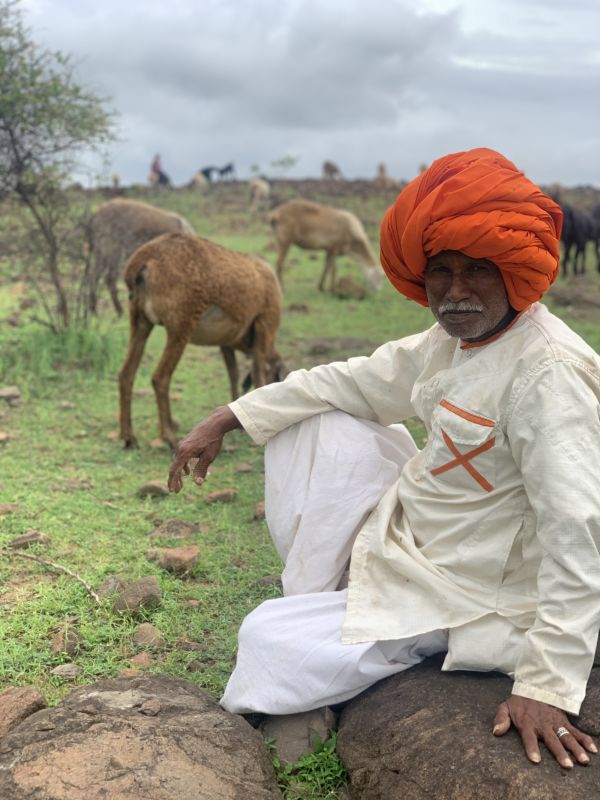
The journey begins…
#seetheunseen
At first, all I could see were the usual big restaurants and shops that line the highways in India. But soon these gave way to rolling grasslands, painted in lush green by the monsoon showers earlier this month. There were large flocks of sheep herded by native hounds and their masters, nomadic herders of the Dhangar community.
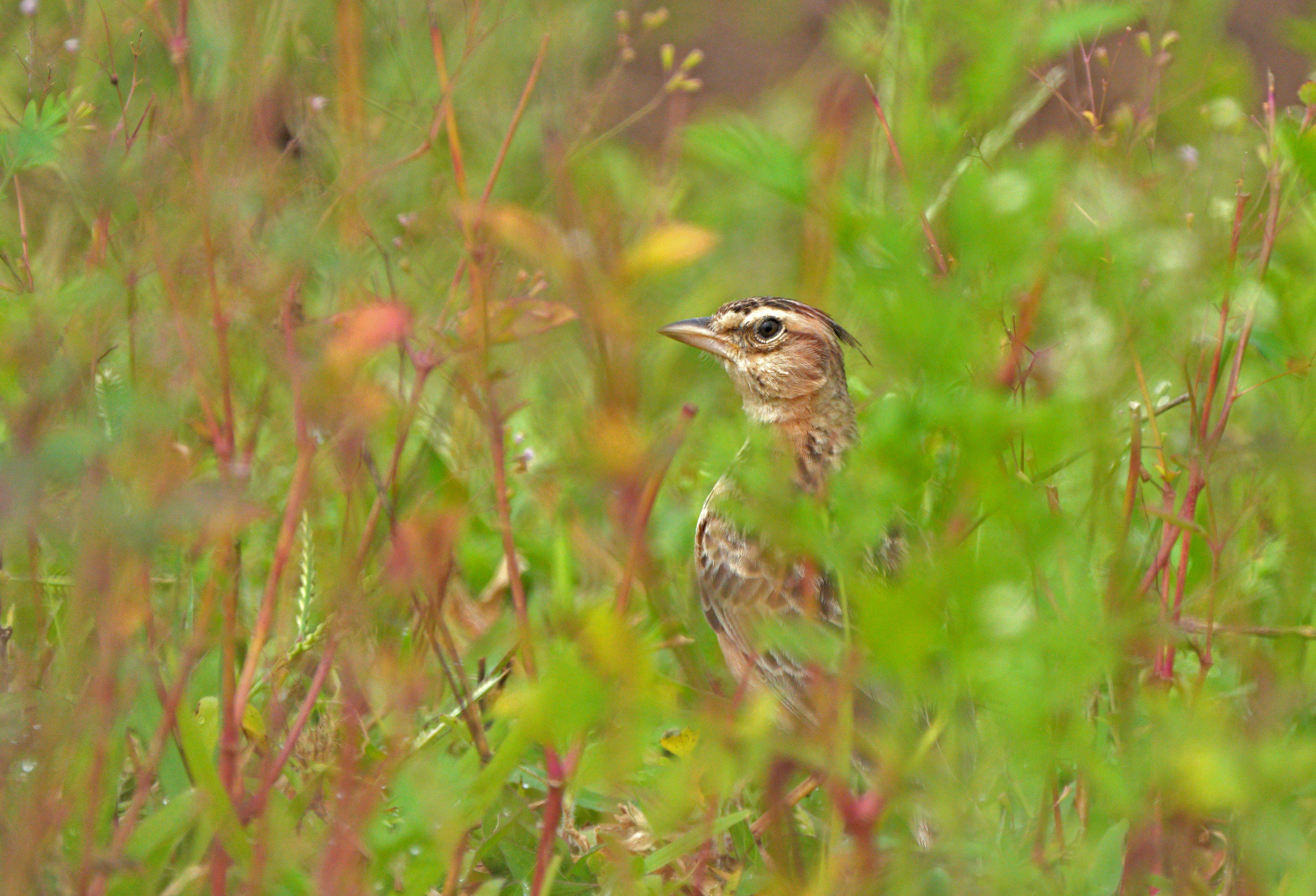

The open flatlands were dotted with Rock Bush-Quails (Perdicula argoondah), Yellow-wattled Lapwings (Vanellus malabaricus) and Indian Coursers (Cursorius coromandelicus). Among the rocks was a small flock of Striolated Buntings (Emberiza striolata) – a bird very similar to the widespread White-capped Bunting (Emberiza stewarti). We managed to get good views of all these birds before they scattered to find cover. It didn’t take us long to find the perpetrator of fear. A pair of Bonelli's Eagles (Aquila fasciata) had taken off from a nearby hillock and circled above us in search of a morning feast.
We carried on down the road along an old irrigation canal. The presence of water, cliffs and overhanging trees made it a great place to find big flocks of nesting Baya Weavers (Ploceus philippinus) – balls of yellow busy weaving their elaborate nests. As we drove by, we even noticed a lone Indian Eagle Owl (Bubo bengalensis) staring at us from the canal wall with a piercing gaze.
The first grassland birds
We turned off the highway into an undulating landscape with farmlands, rocks and of course, grasslands. Tawny (Syke’s) Larks (Galerida deva) called from every prominent perch in the vicinity. They took off in an orange flash as we approached. The calls of the Rain Quail (Coturnix coromandelica) were constant, especially around the farmlands. We even managed to see one reaching high in their typical vertical posture and calling into the sky to attract a suitable mate.
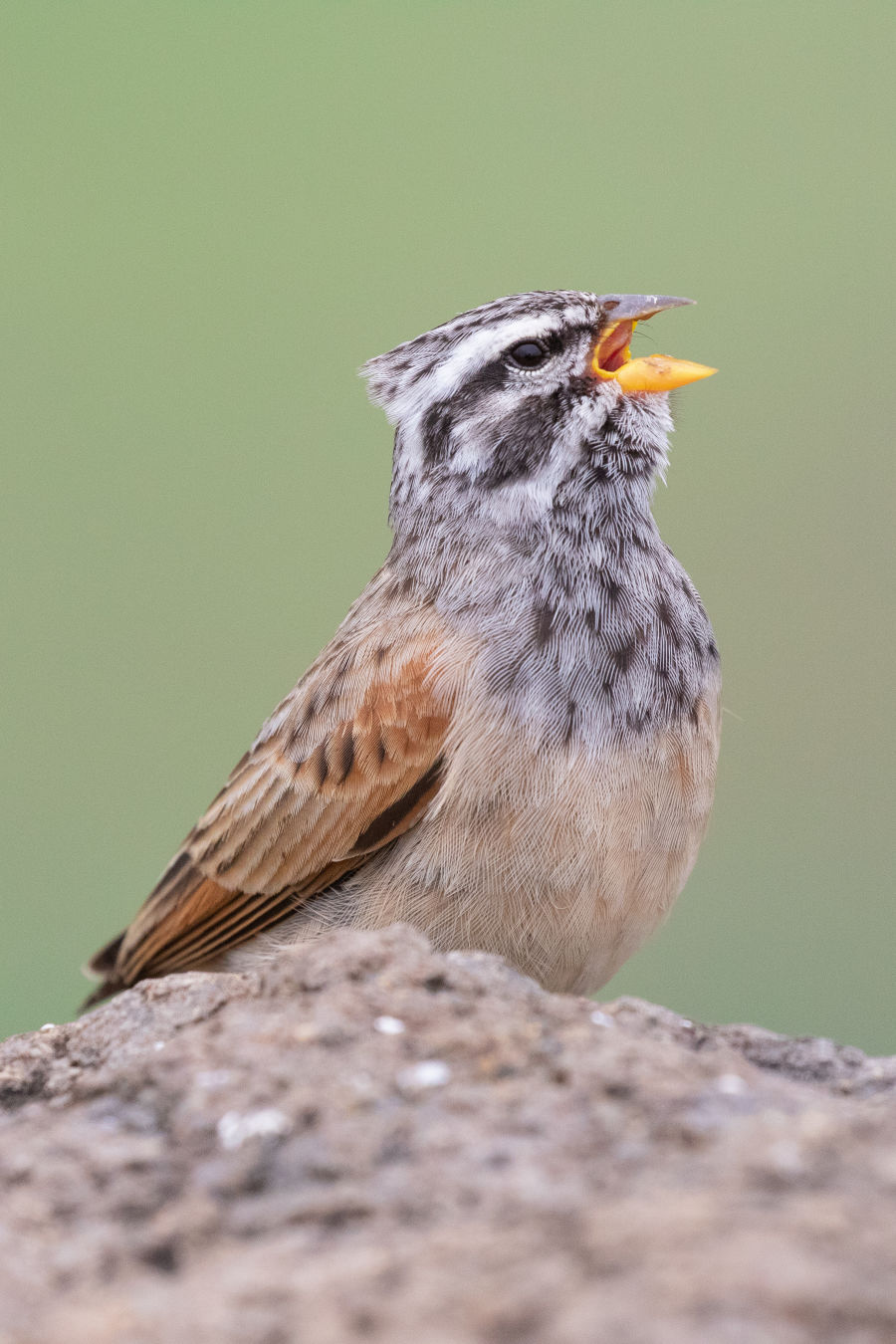
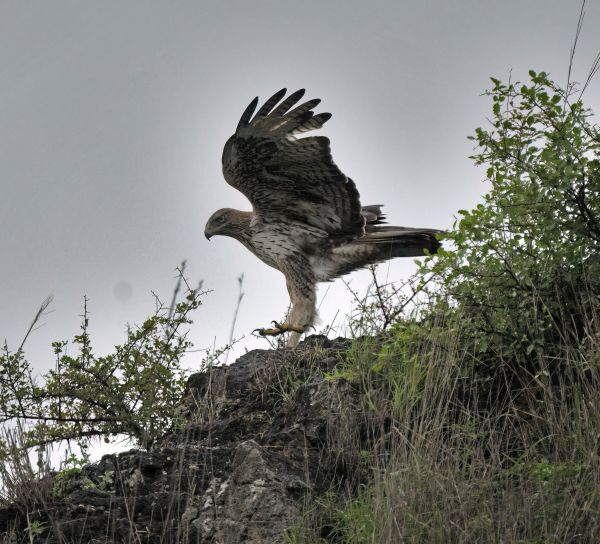
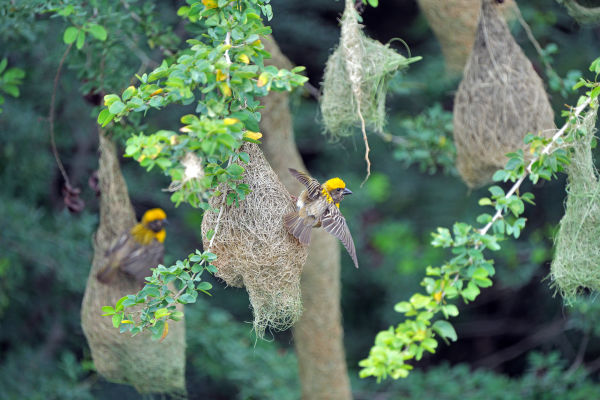
We carried on down the road along an old irrigation canal. The presence of water, cliffs and overhanging trees made it a great place to find big flocks of nesting Baya Weavers (Ploceus philippinus) – balls of yellow busy weaving their elaborate nests. As we drove by, we even noticed a lone Indian Eagle Owl (Bubo bengalensis) staring at us from the canal wall with a piercing gaze.
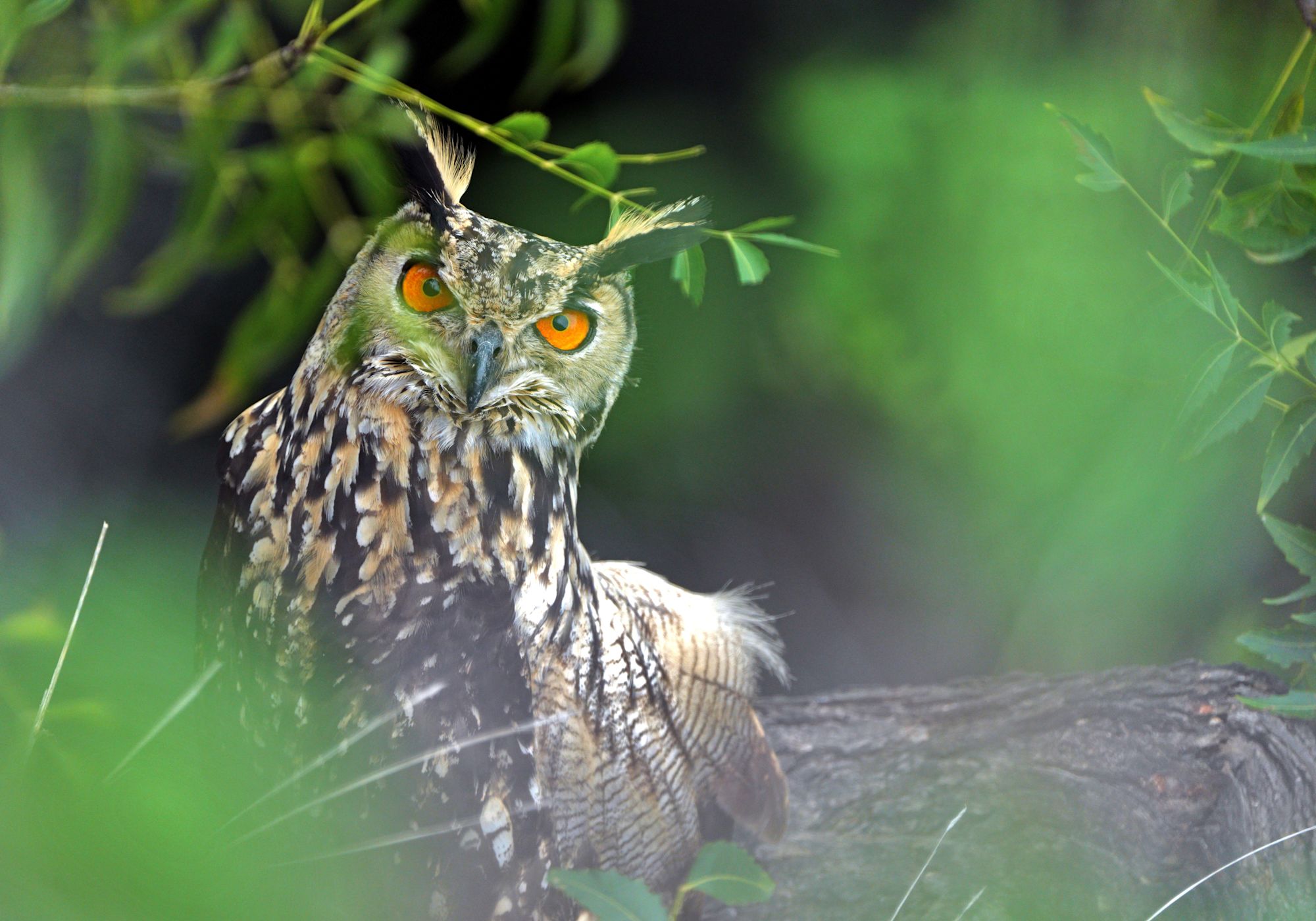
Observing a pack of wolves
We headed further into this grassland kingdom to find our first mammals. Vedant had been tracking a pack of wolves (12 individuals) in this area. Seeing a pack is not usual as mostly one sees individuals or pairs. And the surprising thing was, they spent the day seeking refuge among sugarcane fields that had taken over large parts of these grasslands.
We parked at the edge of a clearing and scanned the surroundings with our binoculars. Within seconds we spotted two sub-adult wolves. Their narrower build and immature facial characters were clear indicators. It looked like they were feeding on quails. They were quite active in the day despite being in a human dominated landscape. We slowly started noticing more wolves popping out of the sugarcane wall, looking at us with what we thought could be absolute curiosity. Some of them even approached us and settled quite close to the vehicle.
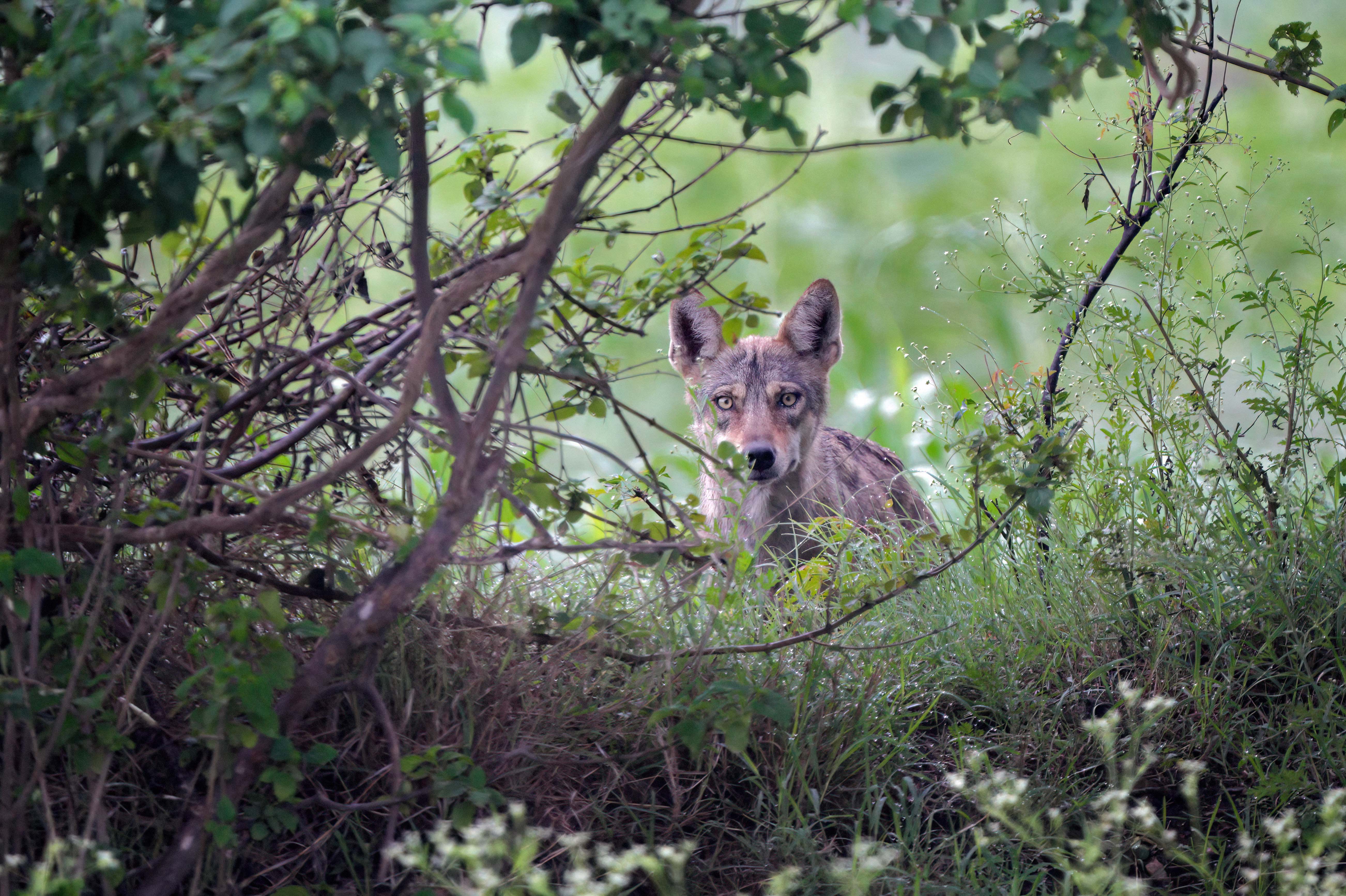
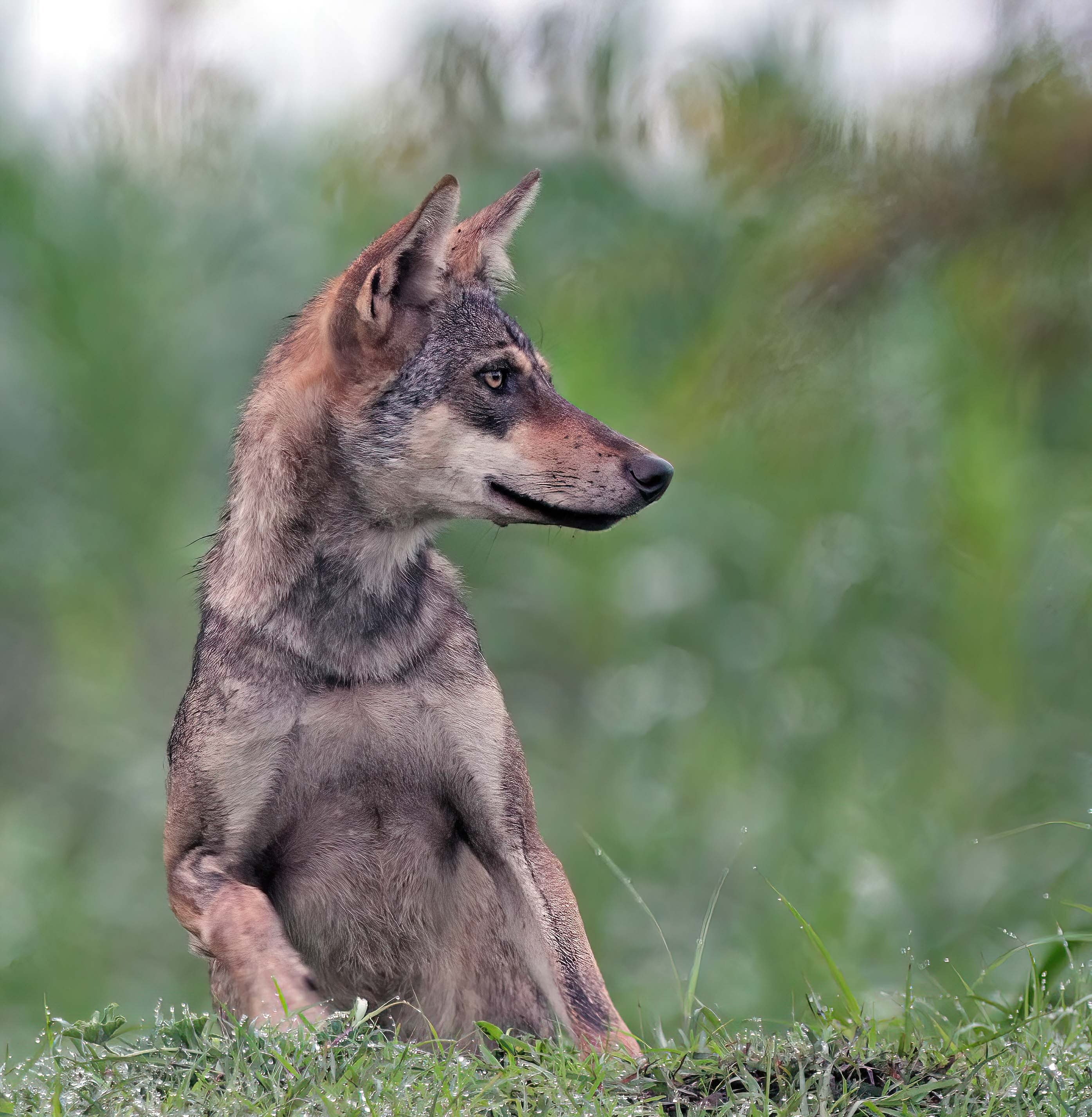

The alpha female emerged into the open soon after and all the young ones ran to her. They exchanged facial nudges, licking and body rubs. And just as quickly as she came, she led the pack back into the cover of the tall crop. It was incredible.
We had been on the move since morning. We stopped for a quick lunch of a traditional northern Deccan meal and carried on towards another patch of grasslands.
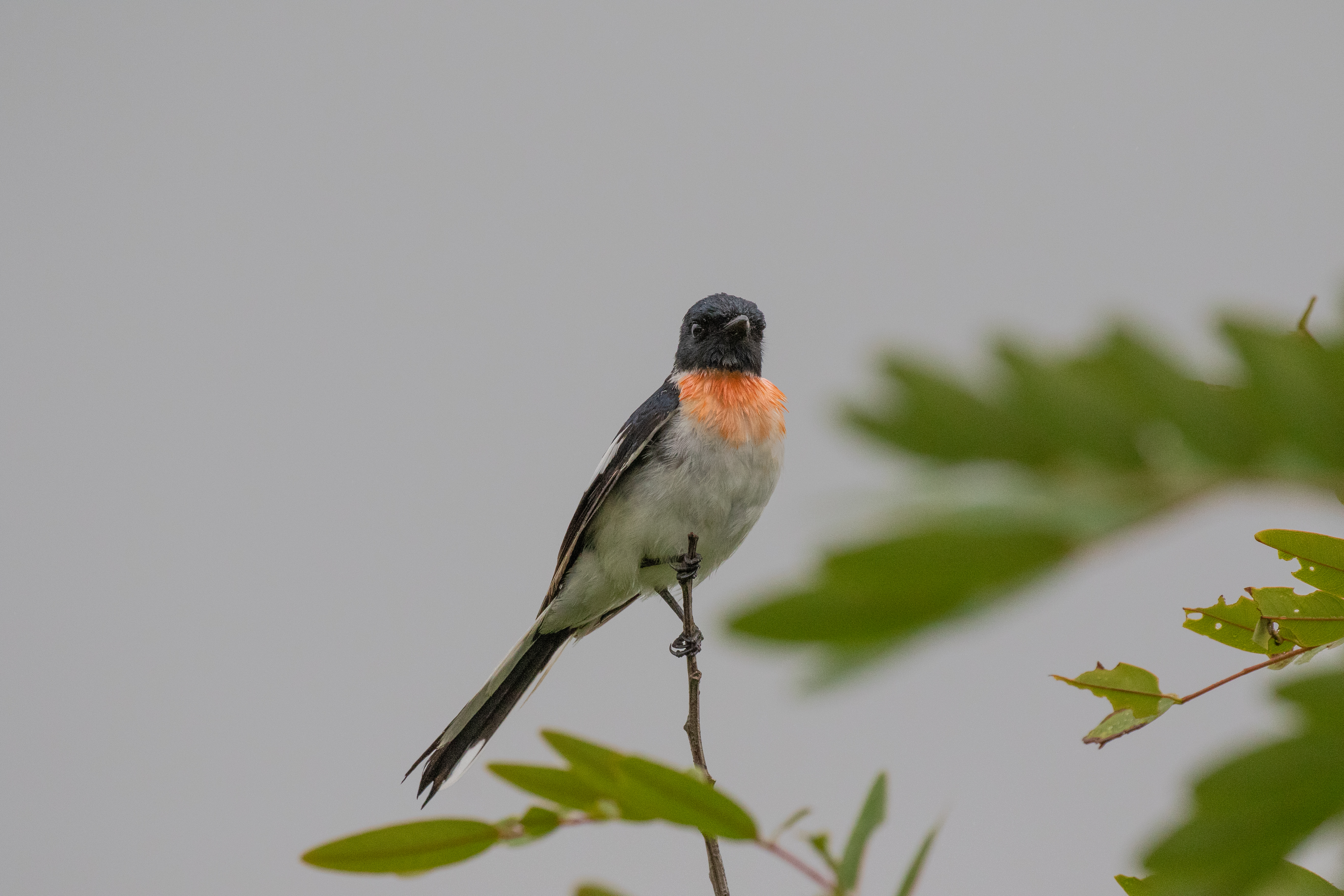

In search of a Striped Hyena
Vedant had organized for us to meet with a local herder and wildlife tracker by passion. He had found a den of a Striped Hyena. These mammals are solitary scavengers who, unlike the Spotted Hyenas of Africa, live a secretive nocturnal life. Seeing one in day light requires intricate knowledge of their dens and movement patterns.
We followed our guide on foot towards the top of a rocky hillock. Jungle Prinias and White-bellied Minivets popped in and out of low bushes all around us, calling loudly, undeterred by the cold monsoon winds. On the walk he told us stories of leopards, wolves, hyenas, and boar that he had come across on his daily jaunts. Who would’ve imagined there were big cats in this treeless open landscape? Were they passing through? Or were they the result of the rapid afforestation and sugarcane farming? Or had they just adapted to this world. We reached the top pondering over such thoughts.
Our guide asked us to sit down at a spot facing a broad valley. The sun was slowly going down behind us. For two hours – spotting the landscape with our NL Pure binoculars, picking out every detail even in this low light - there seemed to be nothing.
Suddenly, something stirred below us and our tracker pointed to a ledge. There was a large head looking straight at us. A young male Striped Hyena. He walked casually, sniffing around, turning to look at us every few seconds. He crossed the entire landscape with a mix of walks, trots and gallops. He hid behind rocks when feral dogs and villagers were nearby. We watched all this drama from our high perch. The ‘’donkey-tiger’’, the breakdown of the local name for the Hyena, kept us engaged right from the time he looked at us from a few meters away till the moment he disappeared over a broad grassland ridge. Such a gorgeous animal, but misunderstood, and fast disappearing as collateral damage to the rapid changes to their home turf.


Ending the trip with a wonderful night walk
We ended the brilliant day with a short night walk where we came across foxes, geckos, and snakes – another key member of the grassland ensemble. The highlight here was finding the lesser-known leopard of India, what could be considered a member of the Indian small five: the West-Indian Leopard Gecko. A beautifully patterned large lizard with a fat tail, blended with lichen covered rocks.
We reached the city of Pune and Vedant’s home at midnight, exhausted after such a long and intense day.


About the author:
Vedant Thite
A multifaceted naturalist, Vedant has led a life close to nature and his passion has introduced hundreds to the beauty of the wilds of India. He has had a career spanning 14 years in conservation, research and responsible tourism and contributed to multiple studies on biodiversity and animal behavior. After 7 years as head naturalist at SUJAN JAWAI, Vedant now offers personalized excursions as an expedition leader to travel companies, groups and individuals who are looking for an in-depth, yet luxurious experience of India’s rich flora and fauna.

About the author:
Surya Ramachandran
Surya Ramachandran is an engineer from the south indian city of Chennai who later pursued his passion into the wild. His jungle journey that commenced in the forests of Satpura at Forsyths, started as an intern and then later turned into a full time naturalist. He currently is working on creating wildlife tours in off the map destinations and setting up wildlife lodges and experiences in Ladakh in the trans-Himalayas with snow leopard and other lesser fauna present there as the focus.

